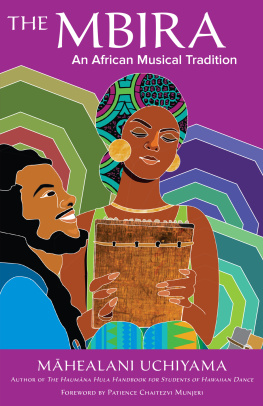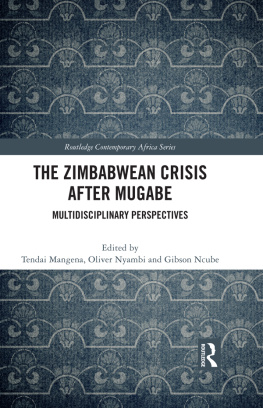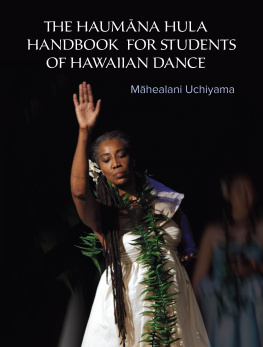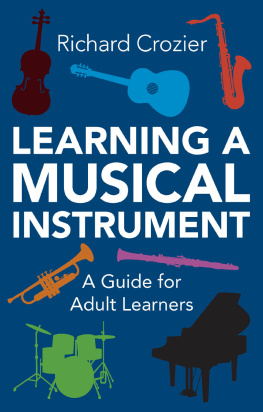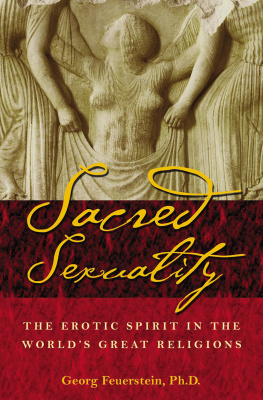
Copyright 2021 by Mhealani Uchiyama. All rights reserved. No portion of this book, except for brief review, may be reproduced, stored in a retrieval system, or transmitted in any form or by any meanselectronic, mechanical, photocopying, recording, or otherwisewithout the written permission of the publisher. For information contact North Atlantic Books.
Published by
North Atlantic Books
Berkeley, California
Cover art by Aaron SencilCover design by Jasmine Hromjak
Book design by Happenstance Type-O-Rama
The Mbira: An African Musical Tradition is sponsored and published by North Atlantic Books, an educational nonprofit based in Berkeley, California, that collaborates with partners to develop cross-cultural perspectives, nurture holistic views of art, science, the humanities, and healing, and seed personal and global transformation by publishing work on the relationship of body, spirit, and nature.
North Atlantic Books publications are distributed to the US trade and internationally by Penguin Random House Publishers Services. For further information, visit our website at www.northatlanticbooks.com.
Library of Congress Cataloging-in-Publication Data
Names: Uchiyama, Mahealani, author.
Title: The mbira : an African musical tradition / Mahealani Uchiyama.
Description: Berkeley, CA : North Atlantic Books, 2021. | Includes
bibliographical references and index. | Summary: An overview of the
history, spiritual significance, and cultural origins of the mbira
Provided by publisher.
Identifiers: LCCN 2021012749 (print) | LCCN 2021012750 (ebook) | ISBN
9781623176495 (trade paperback) | ISBN 9781623176501 (ebook)
Subjects: LCSH: Mbira. | Mbira musicZimbabweHistory and criticism. |
Shona (African people)MusicHistory and criticism. |
MusicZimbabweMusicHistory and criticism.
Classification: LCC ML1015.M25 U3 2021 (print) | LCC ML1015.M25 (ebook) |
DDC 786.8/5096891dc23
LC record available at https://lccn.loc.gov/2021012749
LC ebook record available at https://lccn.loc.gov/2021012750
For all my ancestors, known and unknown
Appreciation
I am deeply grateful to the work of Erica Azim and her nonprofit organization MBIRA for making it possible for me and others to have access to master teachers and instrument makers. The master teachers I have had the privilege to take workshops from include Samaita Vitalis Botsa, Cainot Gweremwezhe, Patience Chaitezvi Munjeri, Tute Chigamba, Irene Chigamba, Leonard Chiyanike, Ambuya Beauler Dyoko, Forward Kwenda, Eliot Motsi, Ambuya Jenny Muchumi, Fradreck Mujuru, Fungai Zhanje Mujuru, Castle Munduna, and Renold and Caution Shonhai. I recognize their artistry and appreciate their willingness to teach Westerners such as myself.
Gratitude also to Julia Chigamba and the Chinyakare Ensemble for planting and nurturing Shona music and dance traditions here in the San Francisco Bay Area.
I am fortunate to have access to many knowledgeable artists and scholars who were extremely generous in advising me regarding the accuracy of the information contained in this book. Having their input on a project of this scope is invaluable. I gratefully acknowledge the contributions of Erica Azim, Albert Chimedza, Claire Jones, Usha Lingappa, Laina Piwayi Magaya, Kiazi Malonga, Patience Chaitezvi Munjeri, Anesu Ndoro, Melissa Cara Rigoli, Sheree Seretse, Caution Shonhai, and Lasson Shonhai for taking the time to offer their valuable insights.
Deep appreciation to Aaron Sencil for his beautiful designs, including: the cover image, which makes me smile every time I look at it; the chapter heading designs featuring the national bird of Zimbabwe; and especially the stunning portrait of Charwe Nyakasikana, the spirit medium of Nyamhita Nehanda.
I thank my husband, Kevin Farey, and my son, Hoku Uchiyama, for enriching my life with so much joy and love.
Most importantly, I thank my ancestors for their guidance in leading me to the path of this wonderful culture.
Illustration Credits
- Chapter opener images. National bird of Zimbabwe. Design by Aaron Sencil.
- Page xv: Ndoro. Design by Aaron Sencil.
- Page xxii: Relief of Africa. Design by Aaron Sencil.
- Page 2: Sekuru Fradreck Manjengwa. Photo courtesy of MBIRA.
- Page 3: Mbira inside of a deze. Photo by Jeremy Allen.
- Page 5: Deze crafted by Kofi Khemet. Photo by Jeremy Allen.
- Page 1213: Mbira huru. Photos by Jeremy Allen.
- Page 1415: Matepe. Photos by Jeremy Allen.
- Page 16: Mbira carved into a wooden box with wooden keys. Photo by Jeremy Allen.
- Page 17: Mbira built into a coffee can. Photo by Jeremy Allen.
- Page 18: Hugh Tracey Kalimba. Photo by Jeremy Allen.
- Page 19: Kalimba crafted by Daniel Randolph. Photo by Jeremy Allen.
- Page 20: Likembe. Photo by Jeremy Allen.
- Page 21: Mbira built into a gourd resonator. Photo by Jeremy Allen.
- Page 22: Karimba. Photo by Jeremy Allen.
- Page 23: Marimbula. Photo by Jeremy Allen.
- Page 36: Village in the countryside. Photo by Julian Raphael.
- Page 42: Great Zimbabwe. Photo by Evenfh, www.shutterstock.com/image-photo/great-zimbabwe-medieval-city-southeastern-hills-1048631507.
- Page 43: Map of Zimbabwe. Illustration by Rainer Lesniewski, www.shutterstock.com/image-vector/zimbabwe-map-152436734.
- Page 47: Charwe Nyakasikana. Design by Aaron Sencil.
- Page 66: Mbira lesson with Eliot Motsi. Photo by Erica Azim, courtesy of MBIRA.
- Page 68: Sekuru Leonard Chiyanike. Photo by Mhealani Uchiyama.
- Page 69: Sekuru Fradreck Mujuru. Photo by Erica Azim, courtesy of MBIRA.
- Page 74: Hosho. 2001 Carla R. Gonzlez Photography, courtesy of the Grinnell College Musical Instrument Collection.
- Page 75: Ngoma carried by villagers. Photo by Erica Azim, courtesy of MBIRA.
- Page 76: Magavhu. Photo by Jeremy Allen.
- Page 77: Chipendani. 2001 Carla R. Gonzlez Photography, courtesy of the Grinnell College Musical Instrument Collection.
- Page 78: Marimba. Photo by Todd Boekelheide, courtesy of MBIRA.
- Page 79: Hwamanda. 2003 Roger Vetter, courtesy of the Grinnell College Musical Instrument Collection.
- Page 80: Chigufe. 2003 Roger Vetter, courtesy of the Grinnell College Musical Instrument Collection.
- Page 82: Dancer DeLisa Branch-Nealy, member of Chinyakare Ensemble. Photo by Lloyd Munjanja.
- Page 85: Botsa family dancing. Photo by Erica Azim, courtesy of MBIRA.
- Page 87: Balancing Rocks of Zimbabwe. Photo by Hiromi Ito Ame, www.shutterstock.com/image-photo/balancing-rocks-epworth-near-harare-zimbabwe-691438735.
- Page 101: Portrait of Mhealani Uchiyama. Photo RJ Muna.
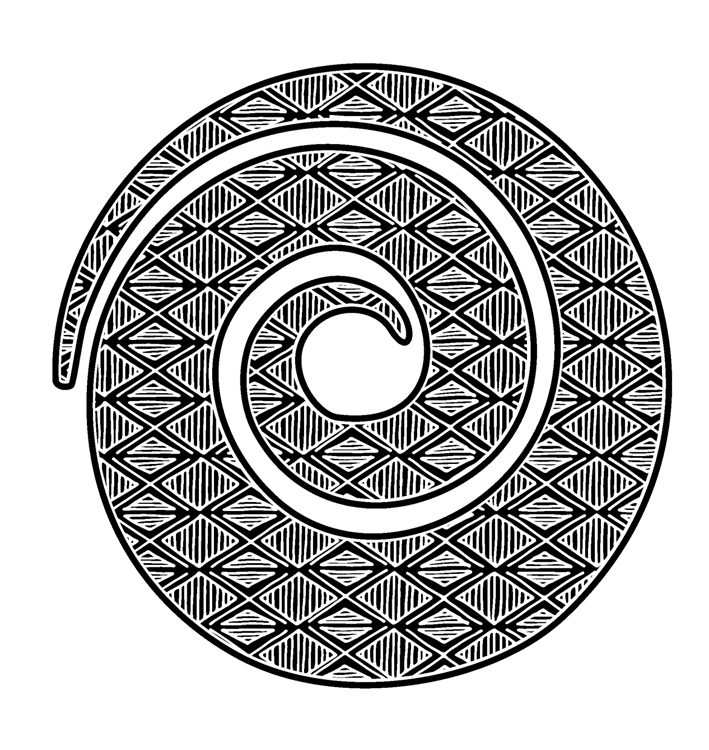
Foreword
by Patience Chaitezvi Munjeri, Gwenyambira
Im Patience Chaitezvi Munjeri, a female mbira player from Zimbabwe. Ive been playing mbira since I was eleven years old in Shona traditional ceremonies. My mother is a traditional healer. My brothers and I played for her healing sessions. I proofread and corrected some details in the draft of this book.
I met Mhea Uchiyama in 2007 when she was with Erica Azim in Zimbabwe. I was impressed by her deep respect for mbira and the culture surrounding the instrument. She became close to my brother Endiby Makope. I learned that she wanted to connect with her long-gone ancestors since the slave trade disconnected many African people who were taken away. So, mbira to her was more than just a musical instrument.
Next page
